What did The Idiot see when he arrived at The Temple of The Oracle of Amun in Siwa, Egypt, before receiving revelatory information about Alexander the Great and his own MedTrek quest?
The Idiot entered the temple just before noon on the first day of spring for a consultation that had been postponed from its original and less auspicious date on the Ides of March. To get here, he’d left his walk along the Mediterranean Sea towards Libya to travel 300 kilometers south through Egypt’s vacant Western Desert on the same route taken by Alexander the Great in 332 BC. Alexander and his retinue followed birds to avoid getting lost in the desert, The Idiot took a bus.
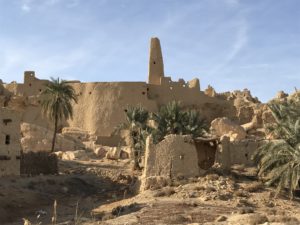
The Idiot arrives at The Temple of The Oracle of Amun in Siwa, Egypt.

He didn’t see any other visitors as he walked up the hill towards The Oracle’s private quarters and…
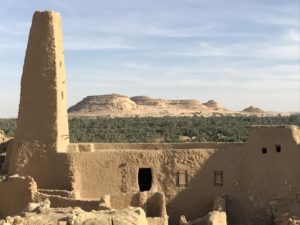
…explored the temple grounds….
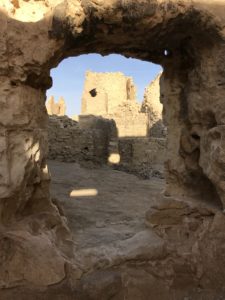
…from a variety of angles and…
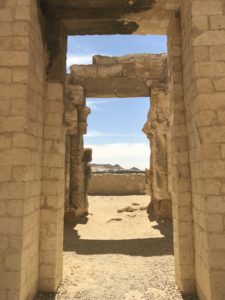
…peaceful vantage points before…
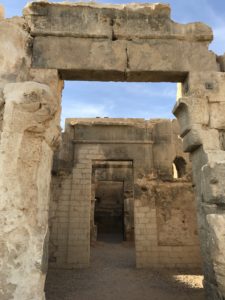
…quietly entering…
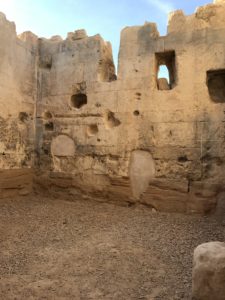
…The Oracle’s anteroom where he wrote his questions on papyrus prior to moving into…
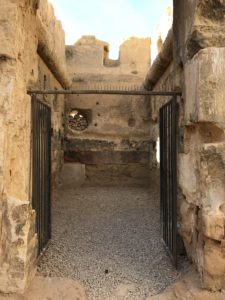
…The Oracle’s consultation chamber, which no longer had a roof as it did in Alexander’s day, late in the afternoon.
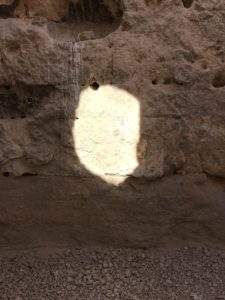
When a spot of sunlight appeared on the wall, The Idiot’s audience with The Oracle began.
Next week: Next Week: What Did The Oracle Of Amun Reveal To The Idiot About Alexander the Great And His Own MedTrek Quest?

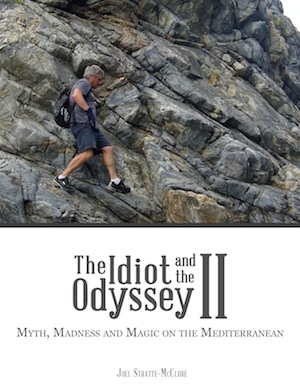


 Follow
Follow